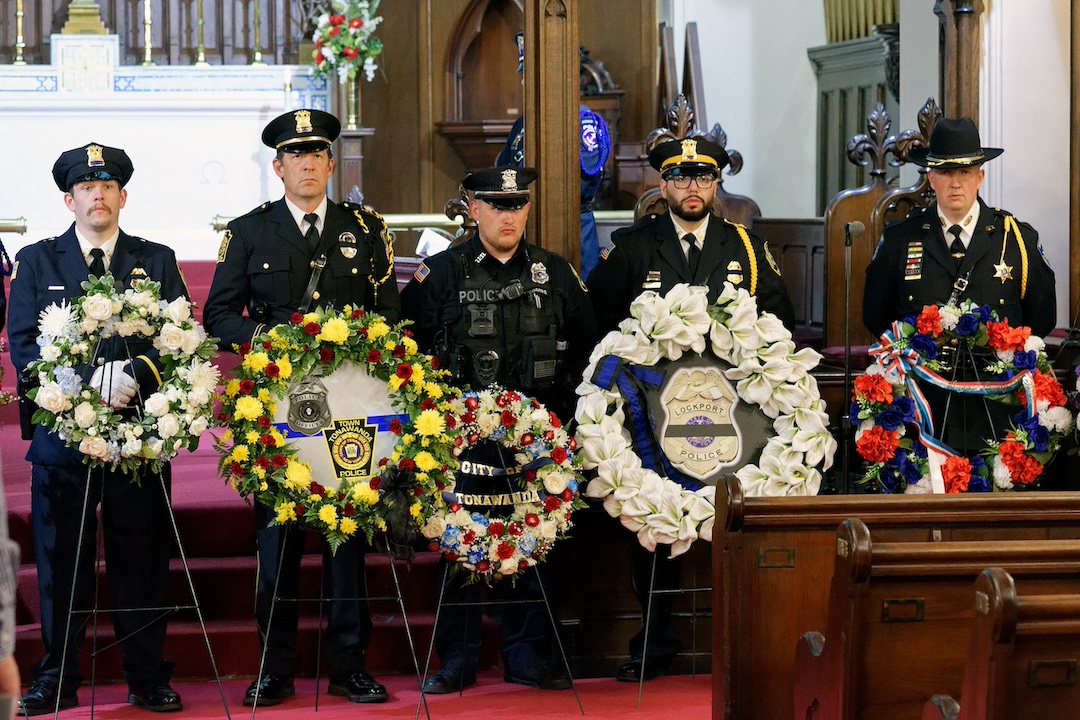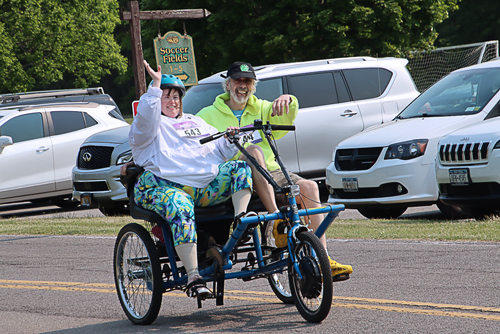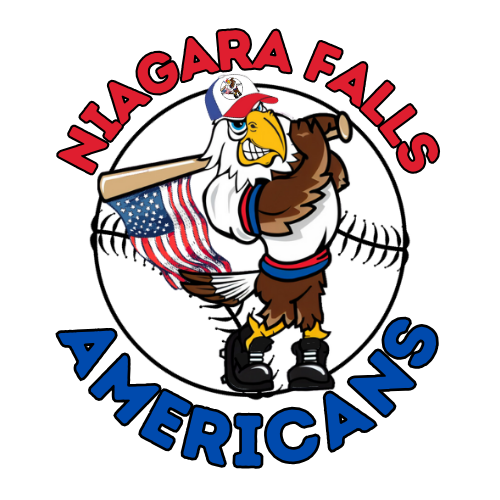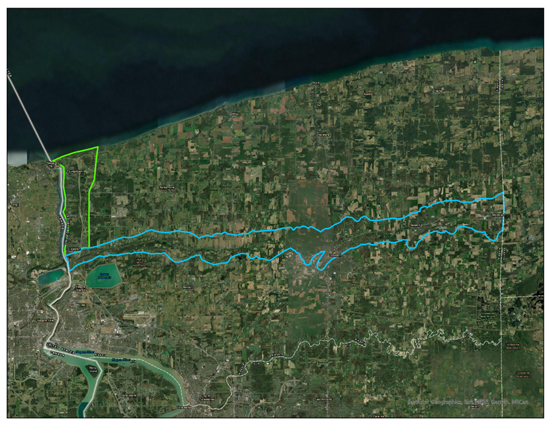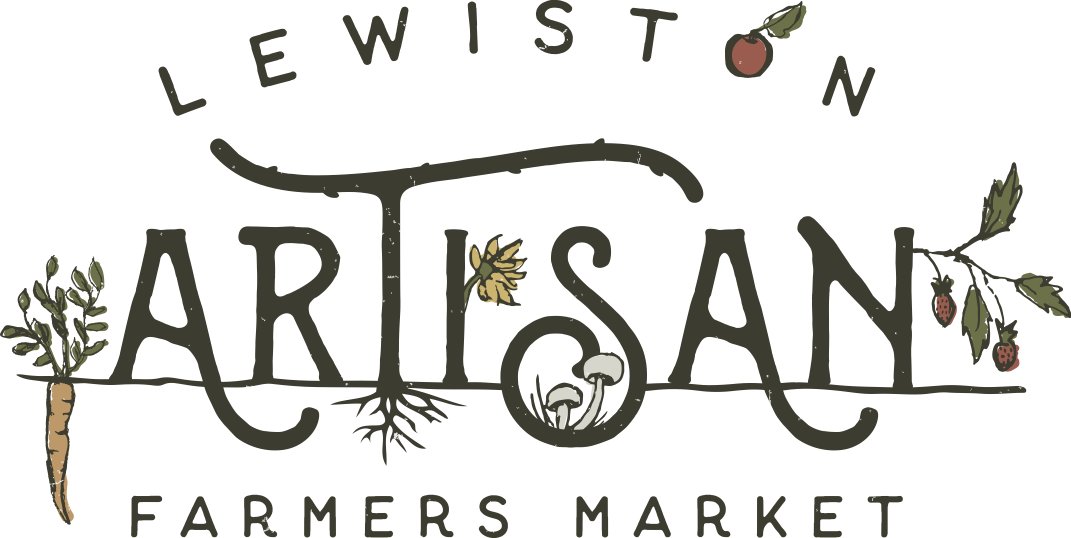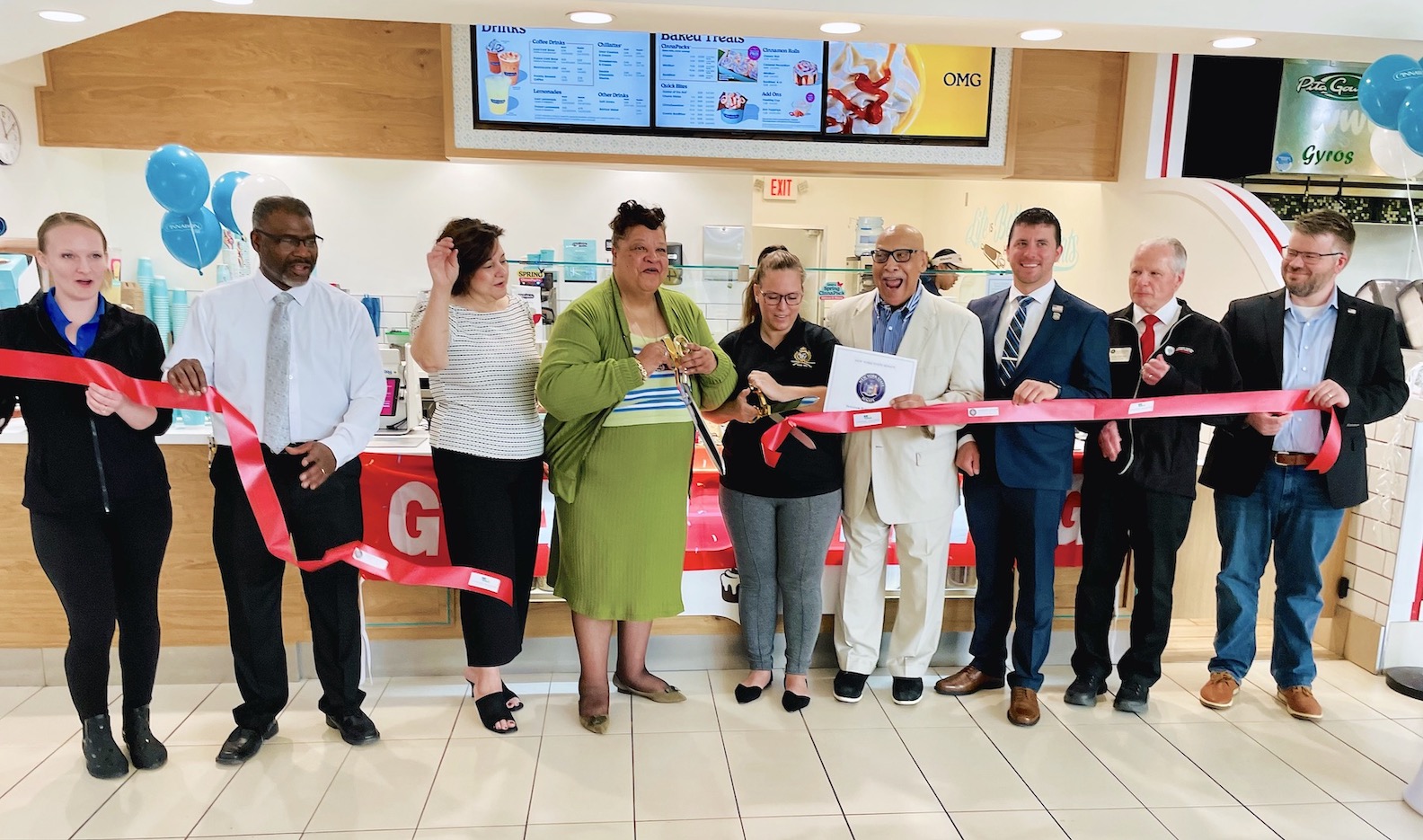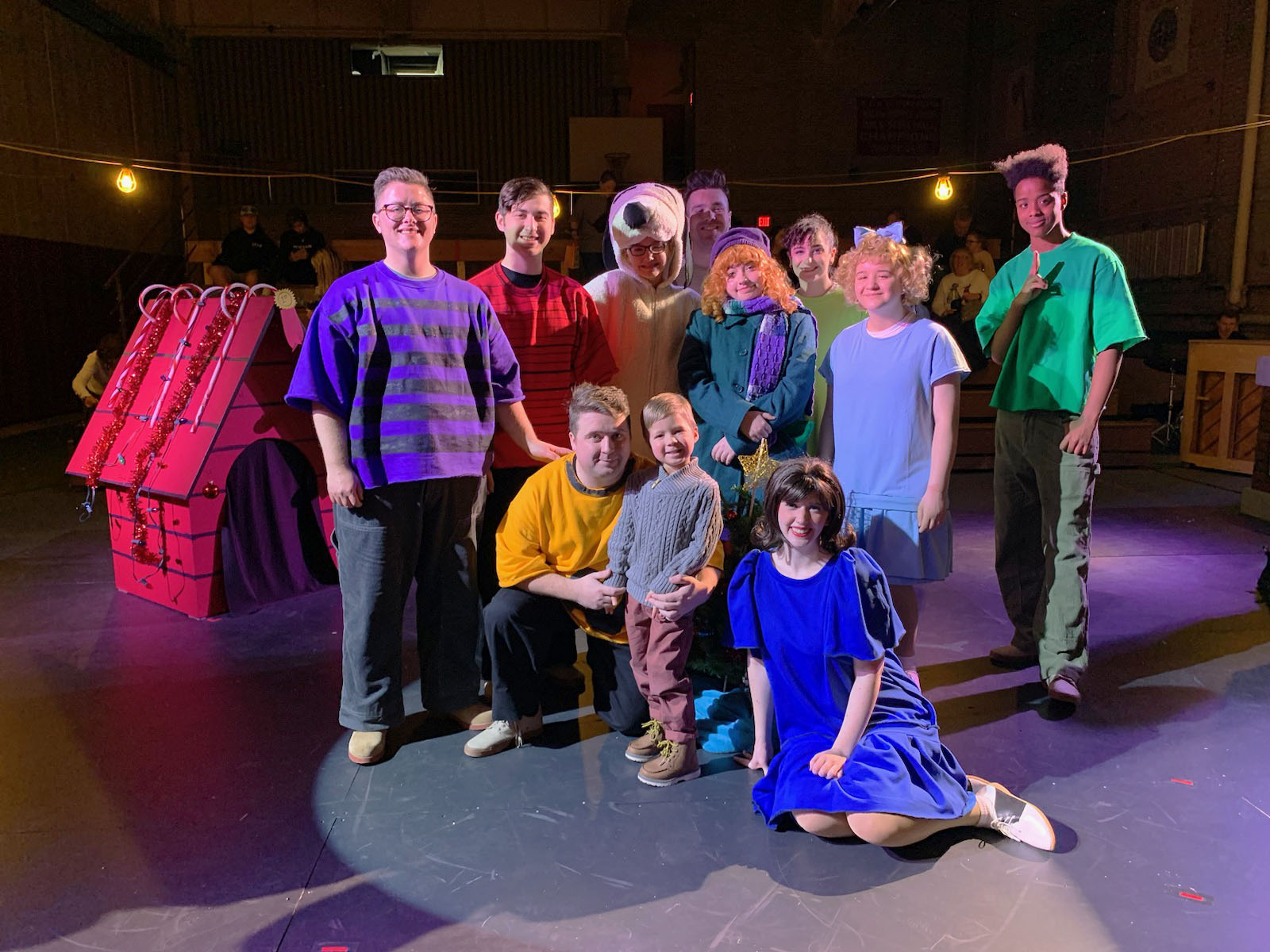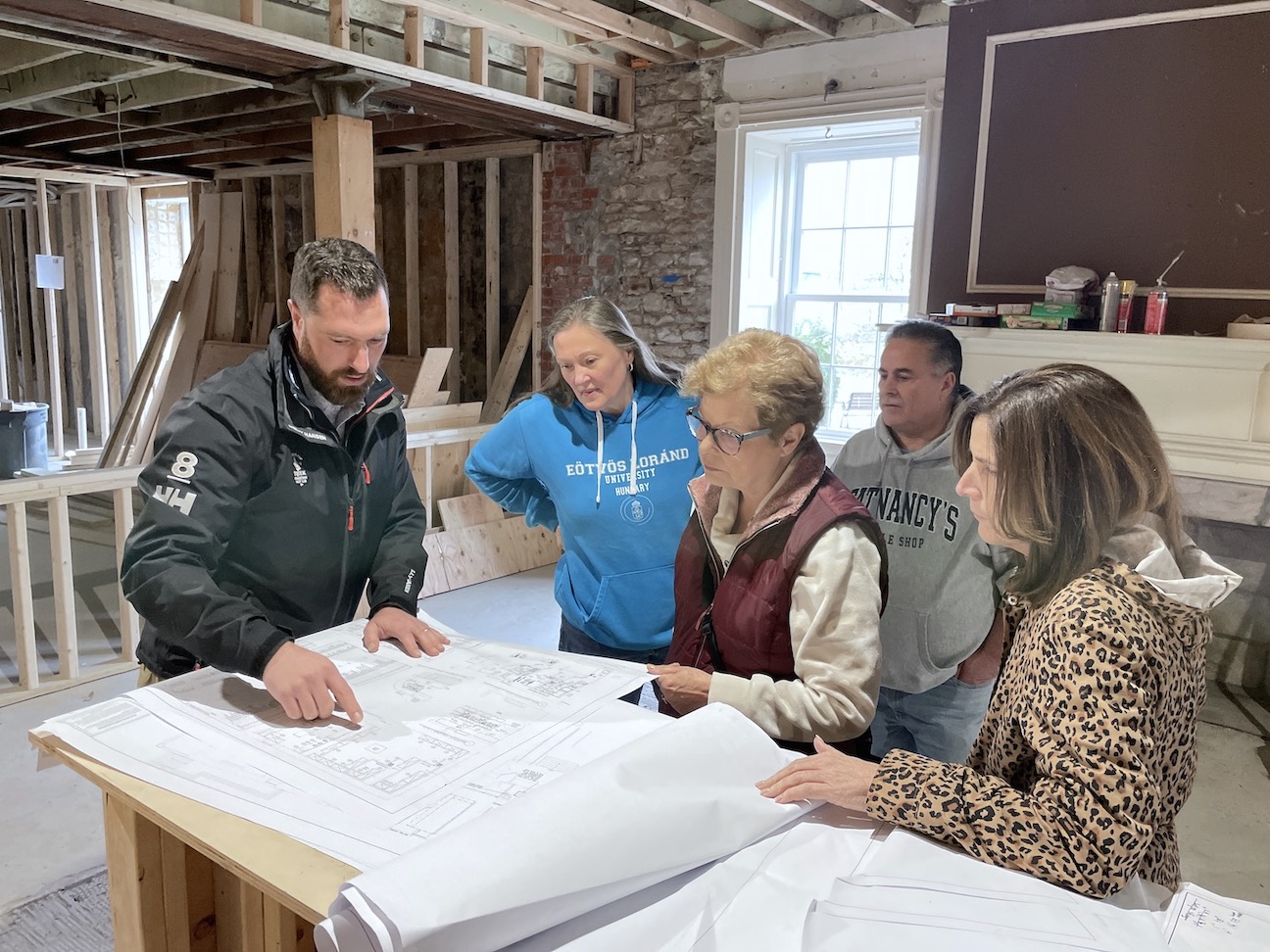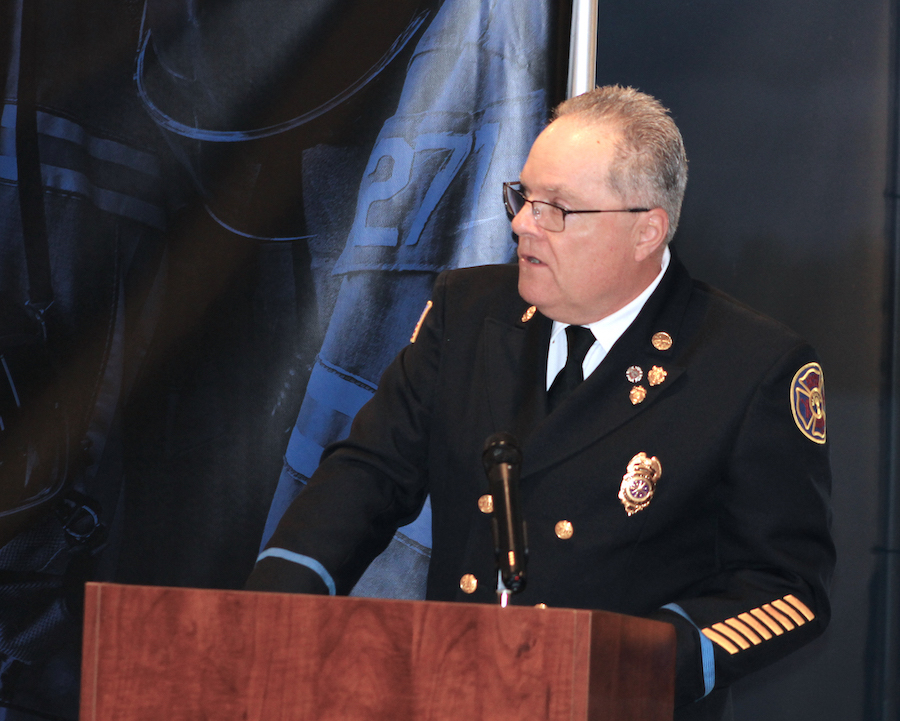Featured News - Current News - Archived News - News Categories
By Rachel Pokornowski
Special to Niagara Frontier Publications
Niagara University is one of the top-ranked schools for students pursuing a career in the field of education. One feature that puts Niagara’s program toward the top of the list is that teacher candidates are placed into real-life classroom settings beginning in their first year of study. Niagara students are placed into schools based on their certification ranges (birth to sixth grade, birth to second grade, first to ninth grade, first to sixth grade, fifth to 12th grade, and seventh to 12th grade), and concentration areas (biology, chemistry, English, French, liberal arts, mathematics, social studies, Spanish and STEM). Students are also placed in classrooms with students who are exceptional learners – such as accelerated students – and students who need additional support in the learning environment.
The placements start out as observation hours. A teaching candidate begins by observing a host teacher and taking note of the ways in which they conduct their classroom and teach their lessons. Teaching candidates must complete 20 hours per education class. Then, after completing 100 hours of observation, students move on to phase two where they become teacher assistants. Their job is to assist the host teacher in managing their classroom and teaching their lessons, and, perhaps, if the host teacher allows, conduct a lesson on their own. Teaching candidates have to complete 30 hours per education class. After completing 150 hours of assistant teaching, teaching candidates move on to the third and final phase: student teaching. During student teaching, it is the teaching candidate's responsibility to teach their own lessons and manage the classroom. For this phase, student teachers must complete two seven-week placements in their certification range.
One of the requirements for education majors is a course called foundations of literacy instruction (EDU 271). For this course, the professor, Dr. Elizabeth Falzone, has created a program that allows teaching candidates to earn their field experience hours during the hours of instruction time for the class. For example, the course is offered twice this semester by this professor. It is offered as EDU 271 section B on Tuesdays, from 1:45-4:30 p.m.; and as EDU 271 section C on Wednesdays, 1:45-4:30 p.m.
Teaching students placed in these courses will be able to get their hours through class time. For about the first month of instruction, teaching candidates meet as a class on campus and learn key elements relevant to literacy instruction and lesson planning. Then, the fun part comes into play. Teaching candidates go into an elementary and middle school as a class to lead an after-school literacy instruction program. This is called “Linking Literacy to Movement.”
The “Linking Literacy to Movement” is a great program that is beneficial to both the teaching candidates of Niagara University and the students of the elementary and middle schools that Niagara has partnered with.
When asked about why she enjoys the program, Falzone said, “The ‘Linking Literacy to Movement’ program allows pre-service teacher candidates to apply course knowledge in real life situations.”
The “Linking Literacy to Movement” program begins with an hourlong lesson on a sport. Teaching candidates use their initial weeks of on campus instruction where they learned the crucial components of literacy and the best modes of instruction to compose a lesson around a sport to teach to a group of students. Then, after the hourlong literacy lesson, the students transition with their teaching candidates to the gym where Niagara University athletes teach them how to play the sport and guide the students while they engage in playing said sport.
When asked about her experience in the “Linking Literacy to Movement” program, EDU 271, teaching candidate Cat Grande said, “I liked being able to do the teaching rather than just observing a teacher teach a lesson.”
This semester’s “Linking Literacy to Movement” took place at two elementary and middle schools over the course of six weeks. It served students from grades second through eighth. Some of the students were considered “enriched,” meaning they were placed in classes that moved at a quicker pace.
Teaching candidates were broken off into pairs to teach their lessons. They worked together to prepare their lessons and implement them for all six weeks of the program. The sports that were covered in this semester’s program were soccer, volleyball, softball and baseball, dance and cheerleading, and lacrosse. There will be a final gathering of the program where teaching candidates will combine all the knowledge that they have taught their students over the past five weeks to make one culminating lesson to sum up the experience of the program.
The “Linking Literacy to Movement” is a unique program for motivating students to want to learn. It not only improves and encourages students' literacy skills, but it also exposes them to a wide range of sports that they may not have ever had the chance to participate in before.
The program can stimulate interest in these activities and perhaps encourage students to get involved in a sport.
“Through this program, our students were able to see a variety of different sports. Our students particularly enjoyed lacrosse, soccer, and baseball/softball,” said EDU 271 teaching candidate Mary Owczarczak.
It also encourages them to expand their learning by getting them involved in an after-school program that focuses on literacy skills. Not only are students able to gain new knowledge about sports, but they are able to pick up tools in literacy that have the power to help them in their daily instruction.
When asked what she liked about the program, EDU 271 teaching candidate Madison Carroll said, “It not only benefits the future teachers but also the students we get to teach.”
Teaching candidates also gain a lot from the program. Not only do teaching candidates gain experience in their field of study, they also get to be a part of a program where students are excited to learn.
“My favorite part of the program was seeing the students learn, and watching how their brains worked,” EDU 271 teaching candidate Amanda Darling said.
Hopefully, the success of the program at these two schools will allow for further expansion to other schools as well.
•••••
Niagara Frontier Publications works with the Niagara University communication studies department to publish the capstone work of students in CMS 120A-B.
These articles do not necessarily reflect the opinions or beliefs of NFP, NU or the communication studies department. Moreover, every effort has been made to adhere to the principles of journalism, encourage the proper use of sources, and discourage anything that would constitute plagiarism.
Comments or concerns can be sent to the NFP editorial department, care of the managing editor.




